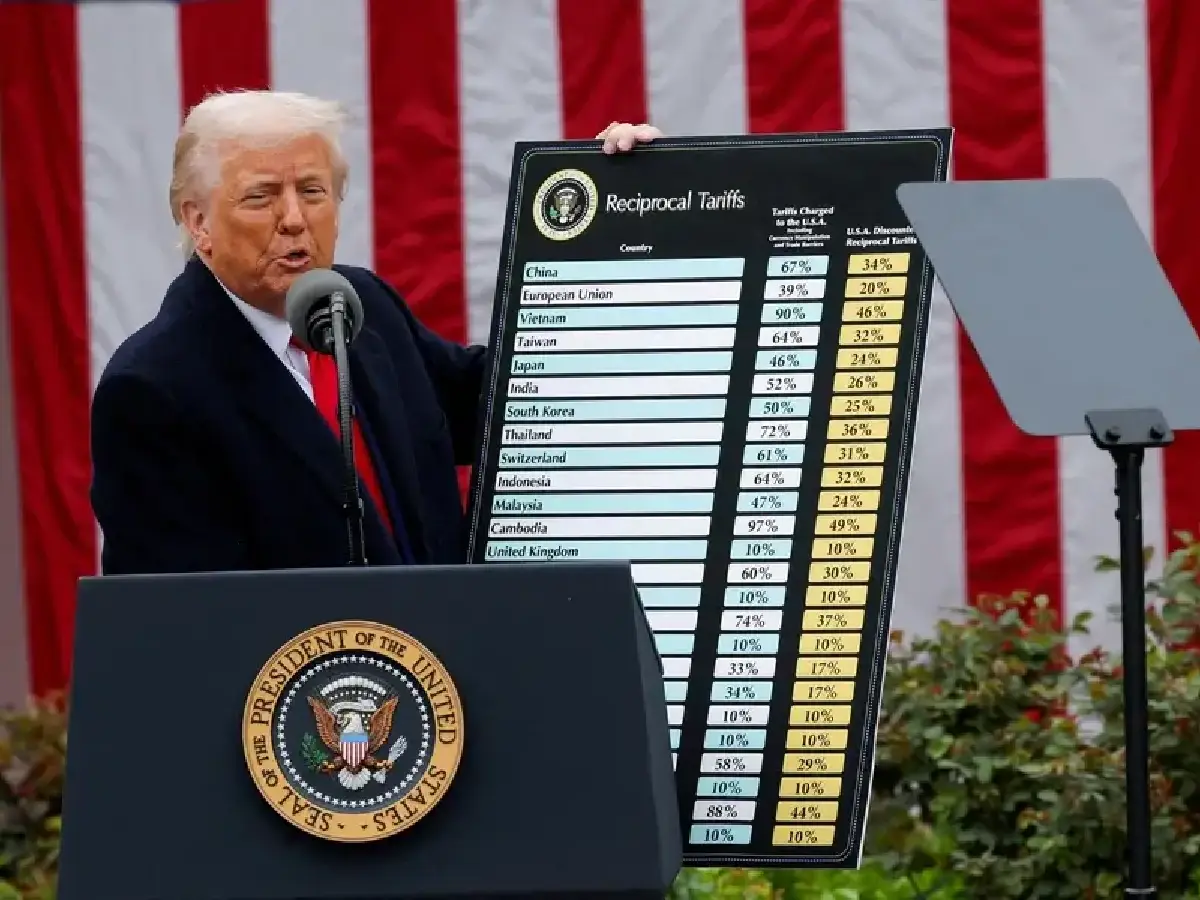### Analyzing Consumer Confidence Amidst Fluctuating Tariff Threats: Insights from Costco Carts
As one walks through the bustling aisles of a Costco, the carts brimming with products paint a vivid picture of consumer confidence and economic sentiment. Despite the looming uncertainty of international trade and tariffs, a recent observation on a typical Thursday shopping crowd seemed to refute the expected panic-buying and stockpiling behavior that tight economic times often predict.
The general atmosphere was one of calm and usual business, with shoppers meticulously selecting products ranging from bulk groceries to electronics, all undeterred by the shifting economic forecasts. This scene provides an interesting lens through which to assess the current economic climate and the real impact of tariffs on everyday consumers.
Tariffs, essentially taxes imposed on imported goods, have been a hot topic in global news, creating a sense of unpredictability in international trade and industry pricing. Frequent changes in tariff rates can lead to instability, where businesses often pass the increased costs onto consumers. Common logic might suggest that this would lead to consumers rushing to buy goods before prices escalate further. However, the scene at Costco tells a different story.
This apparent disconnect deserves a deeper dive. It suggests that either the tariffs imposed have not yet trickled down to affect the prices visible to the consumer or that the information about potential price increases hasn’t instigated the level of urgency one might expect. It could also be indicative of a robust consumer sentiment, where the average shopper trusts that the economic policies will stabilize, viewing the tariff war as a transient phase that will resolve before any severe impact hits their pockets.
Furthermore, the resilience of consumer spending amidst such economic uncertainties could also be tied to the specific nature of bulk-buying retailers like Costco. Customers at these stores are typically looking for value and savings in bulk purchases. The psychology behind bulk buying could intrinsically make consumers feel they are already mitigating the risk of future price increases, diminishing the need to change their purchasing behaviors drastically in response to each headline about tariffs.
Another aspect to consider is the broader economic context. Despite the tariff talks, employment rates have remained strong, and wages have been inching up, leaving consumers with disposable income that keeps their purchasing behaviors steady. The apparent normalcy in shopping patterns at Costco could be reflective of a larger economic stability, or at least the perception of it, which cushions the immediate impacts of policy changes on consumer behavior.
It’s also possible that consumers have adjusted to the ebb and flow of news on tariffs. With the frequent changes and reversals in tariff policies, especially in sectors that directly impact consumer goods, shoppers might be showing signs of news fatigue—deciding to carry on with normal life until the effects of these policies are felt more palpably in their wallets.
Lastly, the role of digital media and access to real-time information can’t be underestimated. Today’s consumers are better informed and can make more calculated decisions. With the ability to check prices, compare costs, and forecast future trends all on a smartphone, the modern shopper is more equipped than ever to navigate through economic uncertainty without succumbing to panic-buying.
In conclusion, the regular shopping patterns observed at Costco amidst tariff threats might suggest that consumers are either insulated from immediate effects, are possibly fatigued by the fluctuating news, or are confident about market stabilization. This phenomenon underscores the complex interplay between consumer behavior, economic policies, and media influence, offering a reassuring note that everyday life has a momentum resistant to the winds of geopolitical change. This resilience, seen in the simple act of shopping, is perhaps a small yet potent symbol of broader economic durability.










